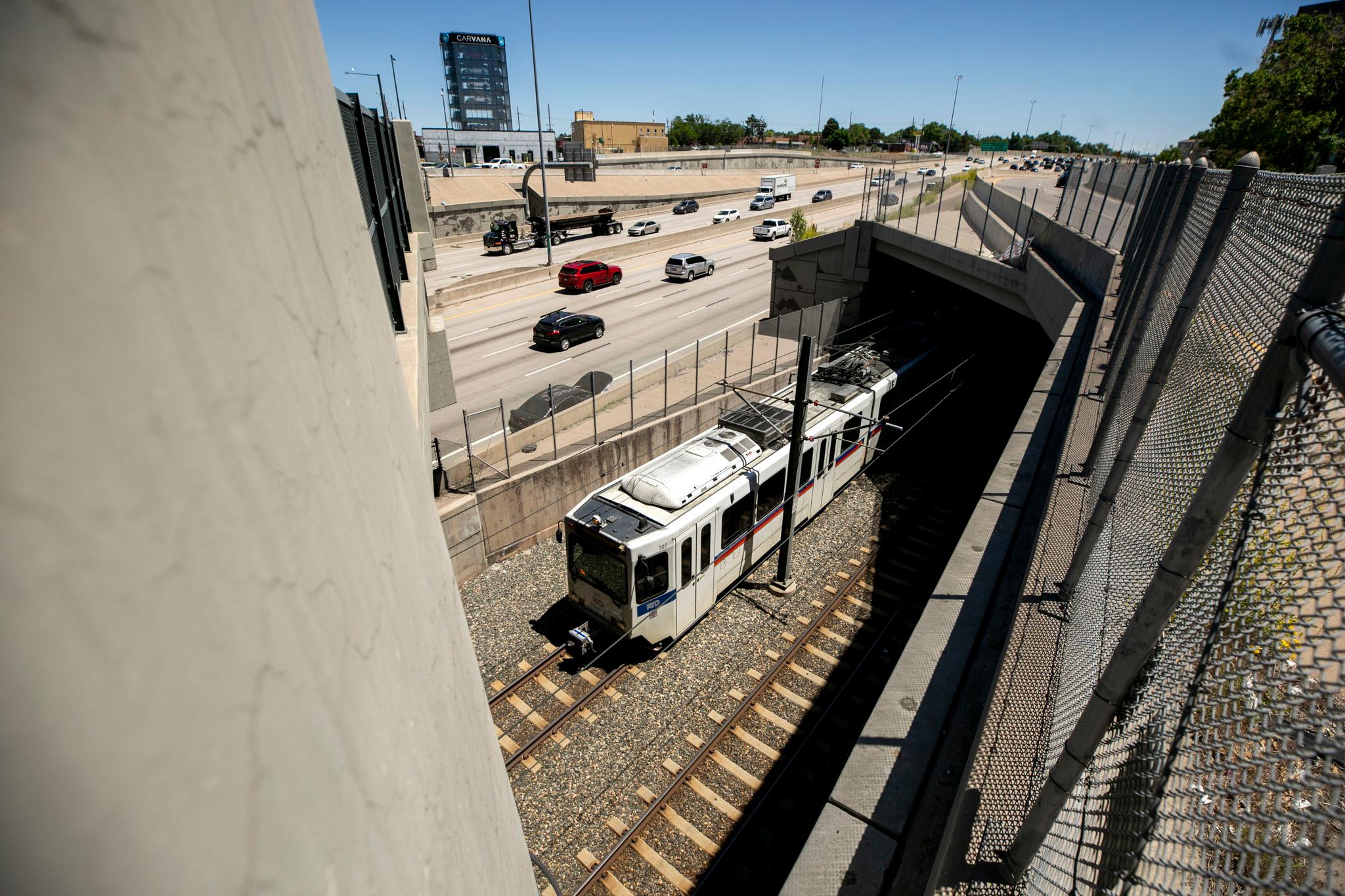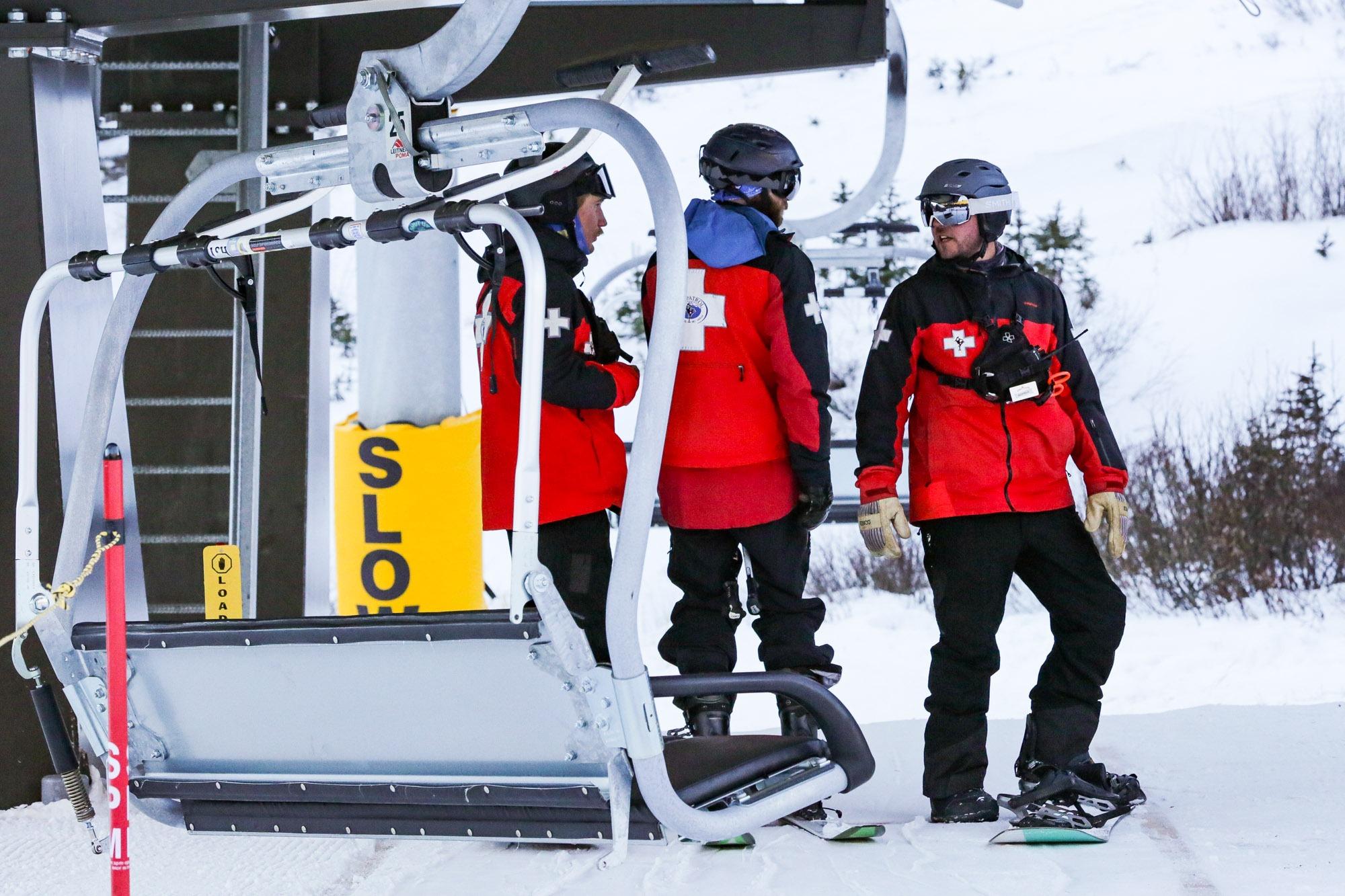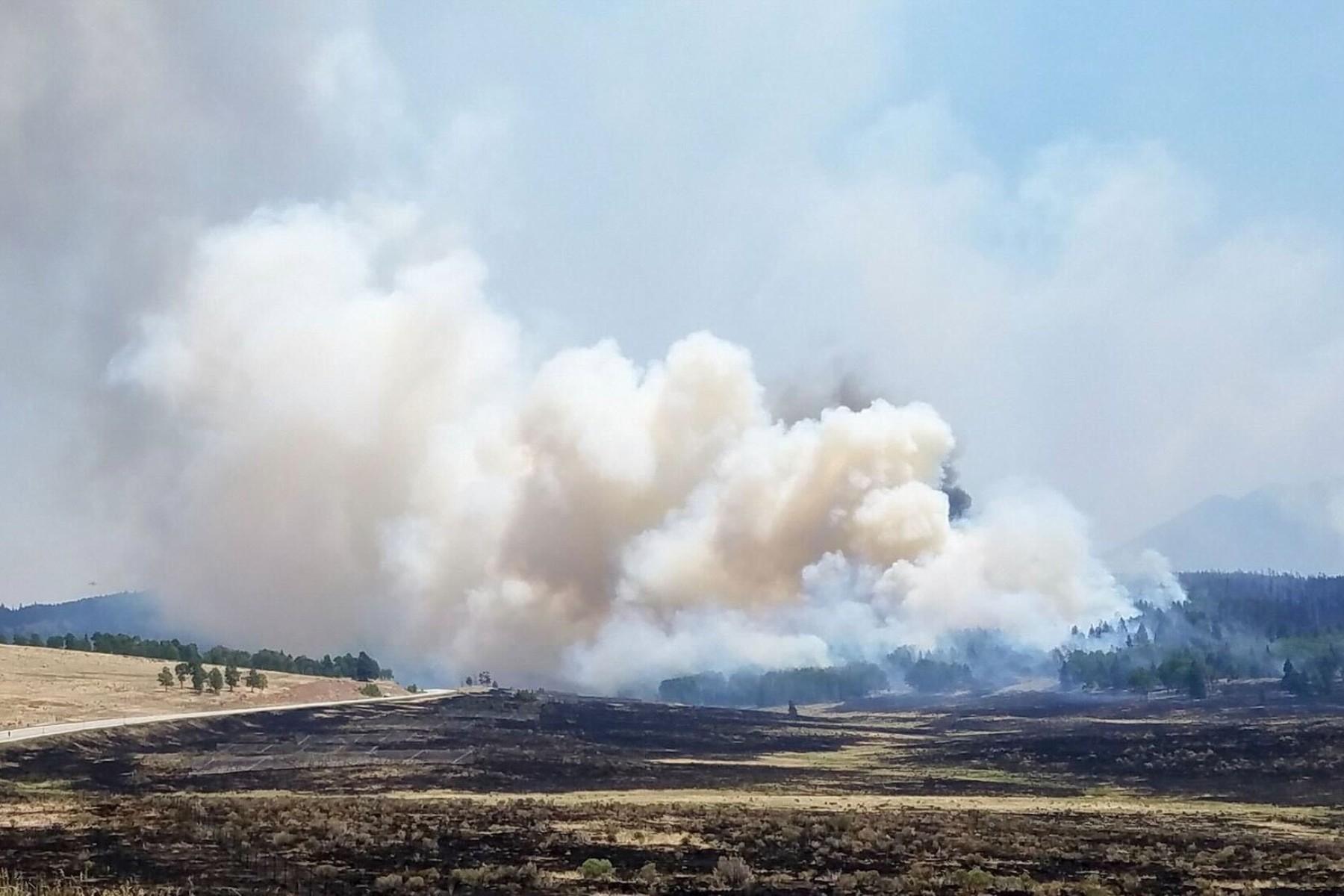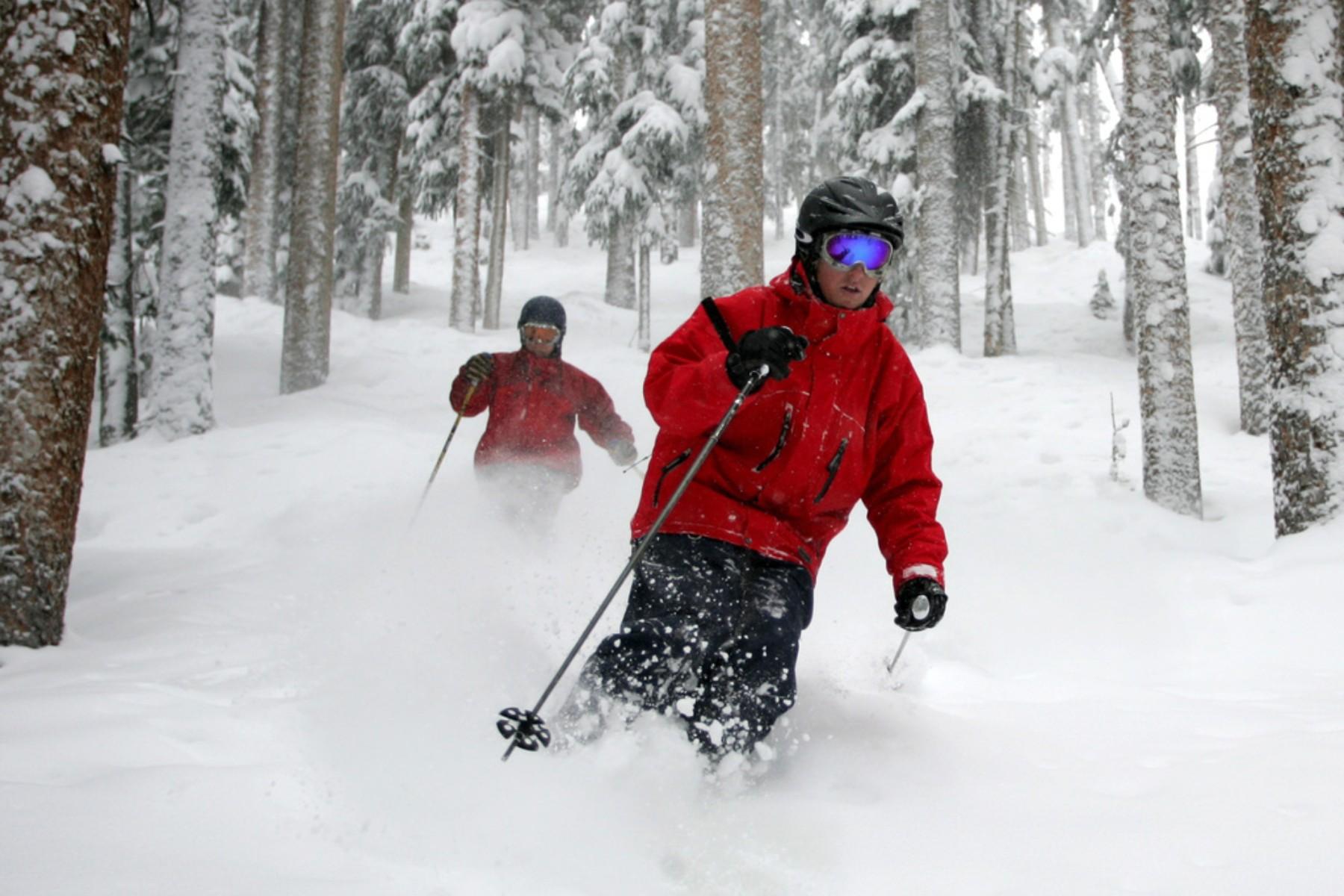
The state commission that regulates the Regional Transportation District’s light rail system says it appears the transit agency has “failed” to head off escalating maintenance problems that have made travel on some lines nearly impossible.
RTD’s light rail trains on the southern reaches of the E, H and R lines along Interstate 25 have been moving at just 10 mph for the last two weeks after the agency’s inspectors found track problems earlier this year. The slow trains and reduced service due to a separate repair project have frustrated riders and made the E and H lines particularly unreliable.
The recent inspections were done in a more thorough manner after the Colorado Public Utilities Commission told RTD to step up its light rail maintenance regimen after disintegrating track was discovered in downtown Denver in late 2022. RTD has shut down its entire downtown loop this summer for repairs.
But the issues those inspections found and the subsequent orders to operators to slow trains came as a surprise to the commission, which said it learned about them through the media. Train operators were caught off guard by the orders, too.
Now, the commission wants RTD to beef up its safety and maintenance asset management plans, which, in part, lay out where preventative fixes are needed and when they will be addressed. RTD’s 2022 asset management plan, the PUC noted in a recent letter to the agency’s CEO, doesn’t mention any rail-specific projects between 2023 and 2028 on the southeastern corridor, where the slow orders are currently in place, and relatively few on the downtown loop.
Those gaps suggest RTD’s safety plan “has failed … to effectively identify and resolve issues,” the commission’s executive director wrote in a letter it also sent to federal transit authorities.
“The PUC appreciates and acknowledges RTD’s implementation of a slow order along the SE line to ensure the safety of crew members and riders,” the commission’s Executive Director Rebecca White wrote. “At the same time, effective safety and asset management strategies would have prevented the need for these emergency actions and the significant disruption to the many Coloradans who depend on RTD light rail service.”
An RTD spokesperson noted that the commission approved its safety plan that outlines “steps to ensure light rail track is inspected and maintained at the highest industry standards.”
“The agency’s enhanced inspection methodology directly supports managing rail assets to prioritize performance,” RTD spokesperson Tara Broghammer wrote in a statement. “Trained staff now ride the system twice weekly and walk it every 90 days to take additional measurements and carefully document anomalies found.”
The commission also asked RTD for its recent inspection data from the southeastern corridor, future inspection and repair schedules, and updates every 48 hours.
Commission officials advised RTD to “continue to increase its transparency to the public,” asserting that “recent events have shaken” the public’s confidence. Broghammer said that RTD will share requested information with the regulator.
White also told commissioners on Monday that the commission plans to send its own inspectors out across RTD’s light rail network over the summer “just as another set of eyes.”
RTD officials have not yet said exactly when track issues will be resolved. It’s also possible that more slow zones will be ordered if inspections turn up issues on other lines.









